Ansel Adams took regular walks in nature, and Margaret Bourke-White went to bed early and woke up early to spend time writing outdoors. Most of us have seen Adams’ Yosemite landscapes and Bourke-White’s photographs for LIFE magazine, but we pay far less attention to their everyday lives—and the little things they did to nurture their creative spirits.
“As artists, our job is to develop self-care practices that sustain and nourish us,” the psychologist and creativity coach Kate Longmaid, Ph.D., tells us. “This may include ensuring we get enough sleep, being thoughtful about what we put in our bodies, staying physically active, incorporating practices into our lives that reduce stress, and staying connected with others.
“Cultivating self-care is a lifelong process. It evolves with the changing circumstances and needs of our lives. It represents a commitment, renewed over and over again, to our wellbeing, which, in turn, provides a foundation for our creative work.”
In honor of Mental Health Awareness Month, we reached out to six experts—ranging from therapists to artists’ coaches and beyond—to learn more about how we, as creatives, can incorporate more self-care into our lives on a regular basis.
Please note: The author of this article is NOT a mental health professional. This article is intended for inspirational and informational purposes only and does not contain any medical advice.
Stick to a schedule
“The best thing I think any artist/creative can do for self-care is to create a schedule,” Bret Shuford, a Broadway actor and creative life coach, explains. “It’s so easy to let our creativity rule our lives, but without structure, we will never progress. With structure comes freedom.”
Build your schedule around your individual needs, setting aside clear times for work and regular breaks. Include daily activities that help you to recharge.
The mental health nurse practitioner and psychotherapist Dr. Kojo Sarfo shares, “One of the most helpful things that you can do is to find a routine that works for you. By having a routine and allotting a certain amount of time to do certain things, you can help yourself build healthy habits that will be extremely helpful for you during times of high stress.”
Identify (at least) three things that work for you
When building your daily schedule, aim to include three self-care activities that you find helpful. “It’s important to have at least three very clear self-care habits in place before times get very stressful,” the artist and art therapist Elissa Arbeitman urges. “This way, when very stressful times hit, we can rely on what is already a habit to take care of us and pull us through. Good quality sleep, wholesome, nutrient-dense foods, walking, and connecting with a friend are just a few examples and ideas.”
Make time for rest
Getting consistent sleep forms the foundation for a solid daily schedule, so avoid the temptation to cram or stay up late before a big shoot or project.
“One of the most effective ways photographers can care for themselves in stressful times is by utilizing what we call prevention,” Elle Bernfeld, a therapist for creative professionals, shares. “That means learning to identify your needs, triggers, weaknesses, and strengths. For instance, many people don’t do well with lack of sleep.
“For some, that might be a trigger for more stress and make them more vulnerable to other symptoms. Knowing this means you can plan better for it. It means prioritizing a break (no matter how small). It means making sure you have ample time to rest on the weekend (or alternatively, ample social time). Either way, it comes down to planning ahead as much as possible.”
Create boundaries
As Elle explains, self-care only works when you prioritize your needs. “Learning to make yourself a priority means learning to carve out time for yourself, learning to say ‘no,’ and learning to invest in yourself financially or otherwise,” she continues.
Learning to say “no” can be particularly difficult for photographers and other freelancers, but it’s the first step toward preventing burnout. Your personal boundaries might vary, but some ideas to consider could include only accepting jobs that inspire you (and pay well) or only communicating with clients during set business hours.
“As creatives, we desperately need time to be: to wander, wonder, get curious, let our mind go, experiment, connect, and find quiet,” Elissa adds. “The only way to consistently experience these states of being is to have clear boundaries in how and with whom we spend our time.”
Reach out
Everyone needs support, whether it comes in the form of friends, family, colleagues, or medical professionals (or all of the above). Make time for the people who enrich your life, even if it’s just a quick walk in the park or a phone call to touch base and catch up.
“As creatives, we are prone to existential despair as we struggle to find meaning in a turbulent world,” Kate says. “Despair leaves us vulnerable to depression, inertia, and isolation. We can counter despair by creating meaning and purpose, seeking connection, and collecting the shards of beauty that make life meaningful.”
Show up for yourself
We might not always feel inspired, but sometimes just “showing up” and putting in the work is half the battle. For photographers, it can be as simple as kickstarting your creativity with a new personal project or self-guided assignment.
“A central feature of anxiety is avoidance,” Kate tells us. “This can take the form of procrastination, distraction, and addictive behavior. While these behaviors offer temporary respite from stress and anxiety, they can fuel anxiety over time.
“Motivation follows, rather than precedes, action. Engaging in our creative work rather than avoiding it leads to increased motivation. We can counter anxiety by ‘leaning in,’ showing up for our creative work, and facing the challenges of our work and lives.”
Let go of “perfect”
“Like most creatives, photographers are usually perfectionists,” Murielle Marie, a career and business coach for creatives and entrepreneurs, admits. “There’s something about viewing—and capturing—the world through a lens that makes you unconsciously believe what you produce must be perfect. But life isn’t perfect; things are messy, and it can be hard for creatives to put their work out there if they are constantly trying to ‘fix it.’
“It’s really important for photographers to keep that perfectionism in check, because if they don’t, they’ll end up procrastinating, turning in work at the last minute, and still not believing it was good enough. Instead, they should avoid procrastination, ignore their perfectionism, and just get the work done. More than likely, it will be great work. I always say, ‘Done over perfect!’”
Remember, self-care looks different for everyone
For some people, self-care means meditating and yoga, while for others, it means taking a long walk outdoors and listening to music. Maybe it’s a social media detox. But it could be something completely different! What works for one person likely won’t work for someone else.
“As a coach, my approach to self-care is to avoid prescribing one-size-fits-all solutions,” the photographer-turned-leadership coach Danny Ghitis tells us. “I prefer to help people take a step back and do the hard work of examining what makes sense for them.
“It’s easy to look for quick fixes to complex problems because we’re wired to preserve our energy. Unfortunately, the quick-fix approach to self-care can actually be a form of avoidance. So, my suggestion is this: take a step off the creative career hamster wheel and assess what really needs your attention.”
Finally, if you find yourself struggling with your mental health, reach out to a professional. They’re there to help. You can visit the National Alliance on Mental Illness (NAMI) for resources to help you get started.
Not on 500px yet? Sign up here to explore more impactful photography.

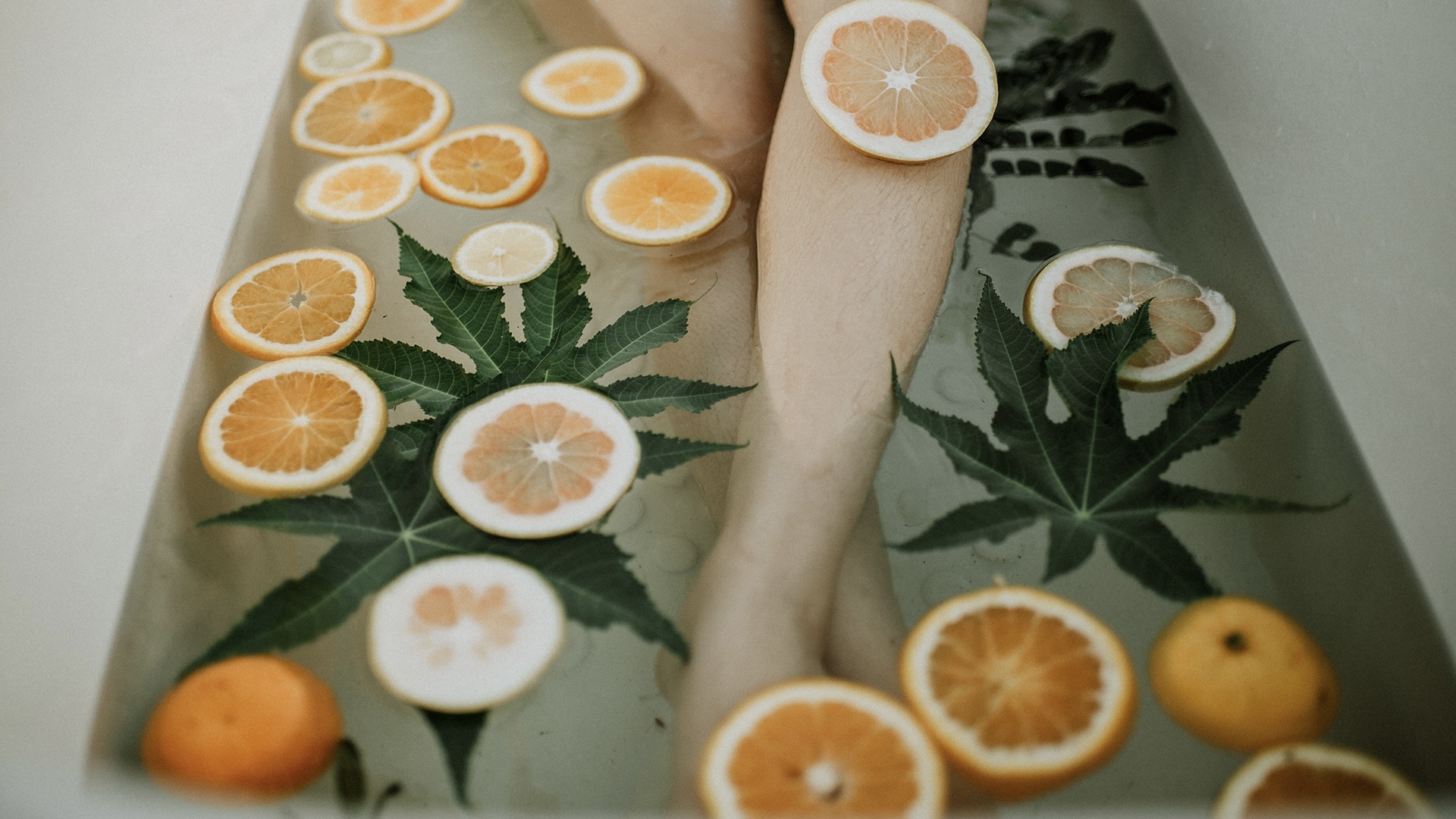
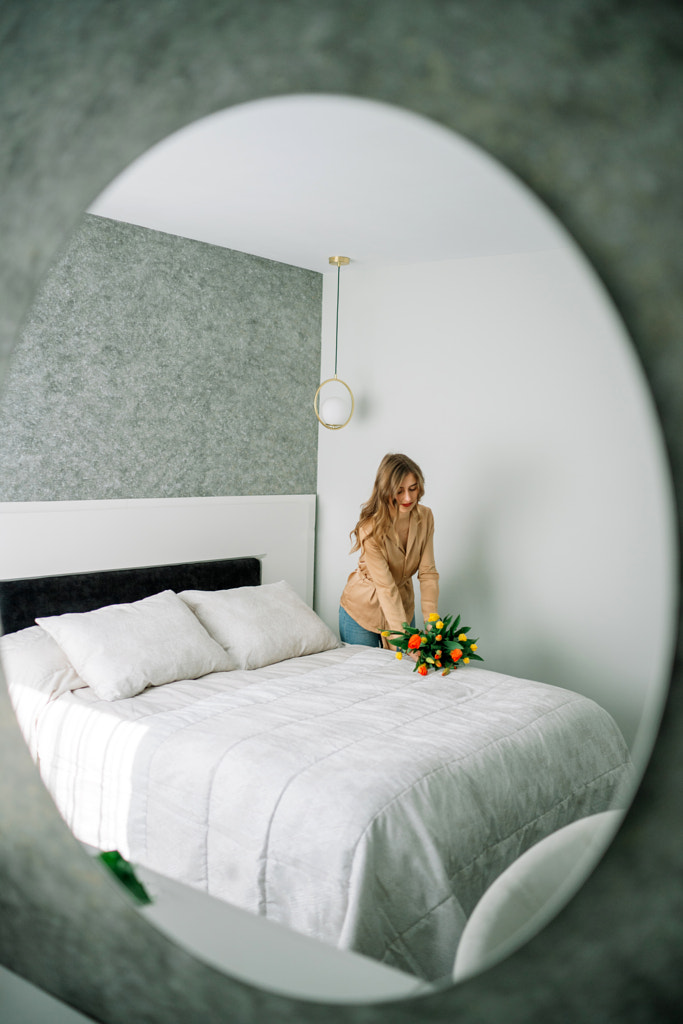
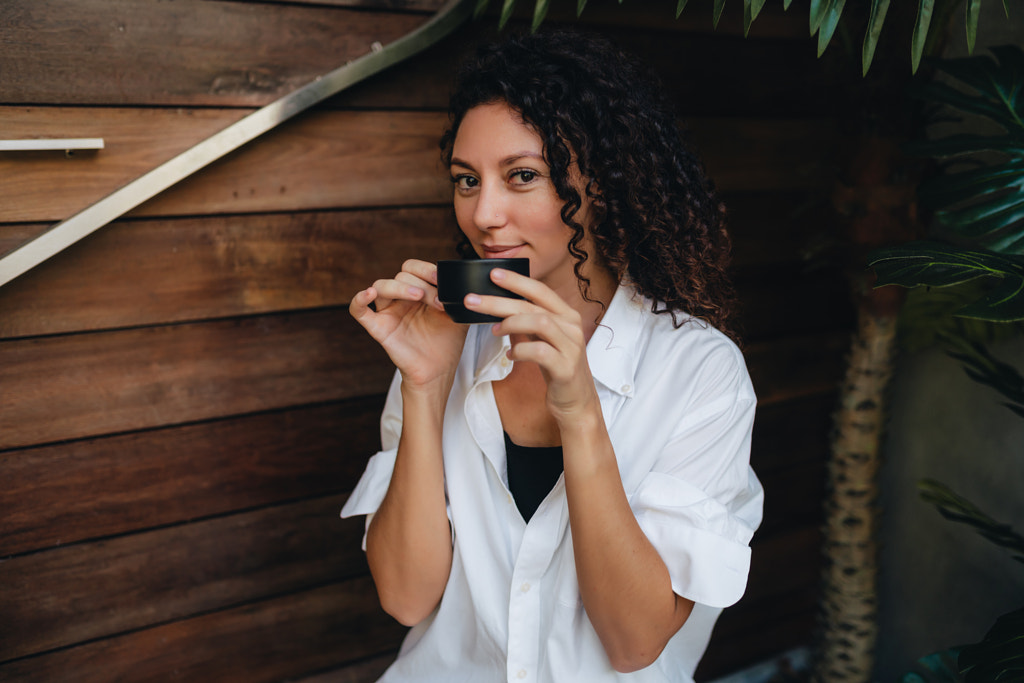
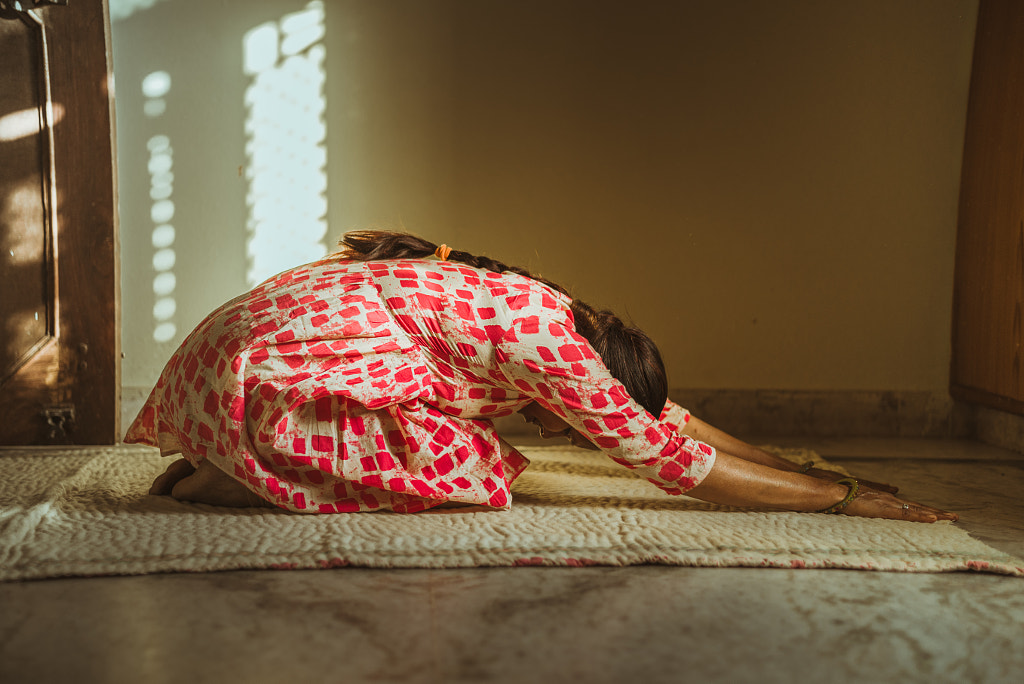
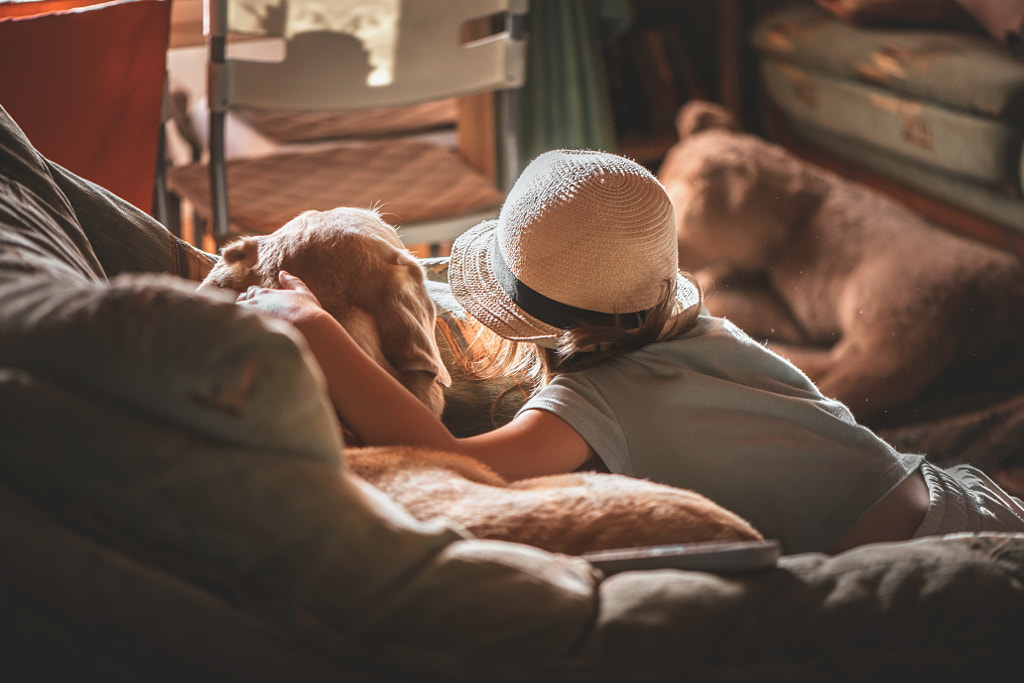

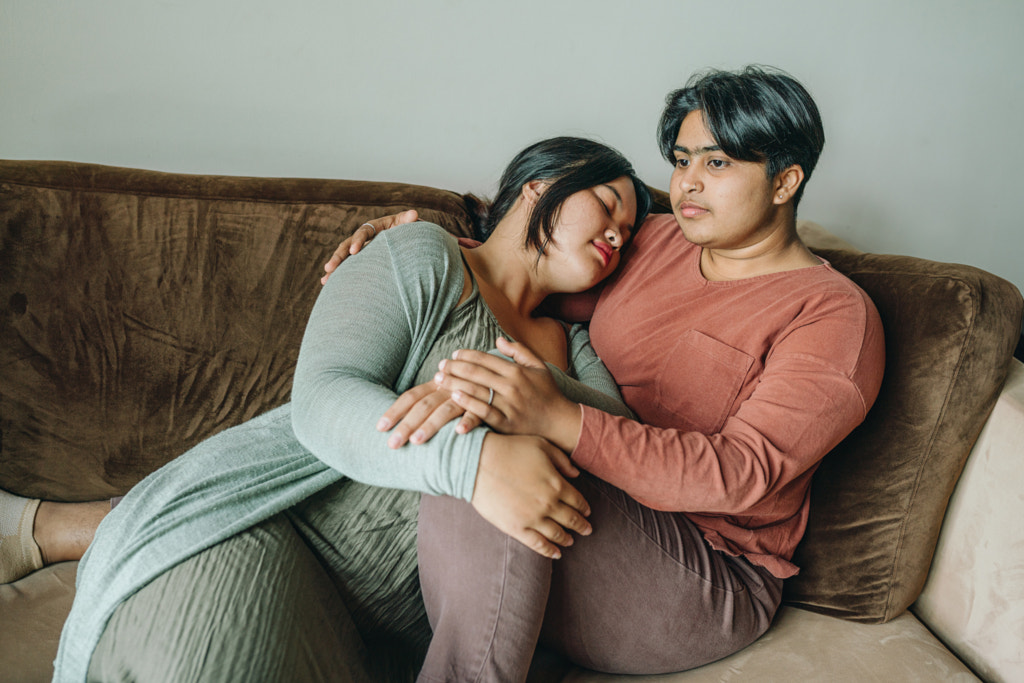

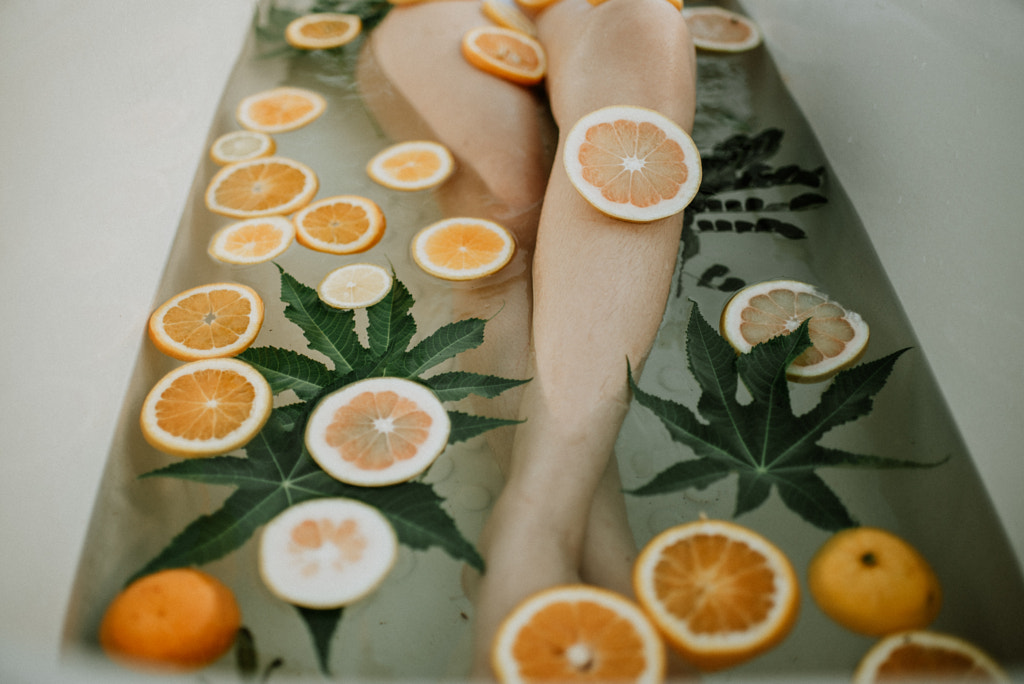

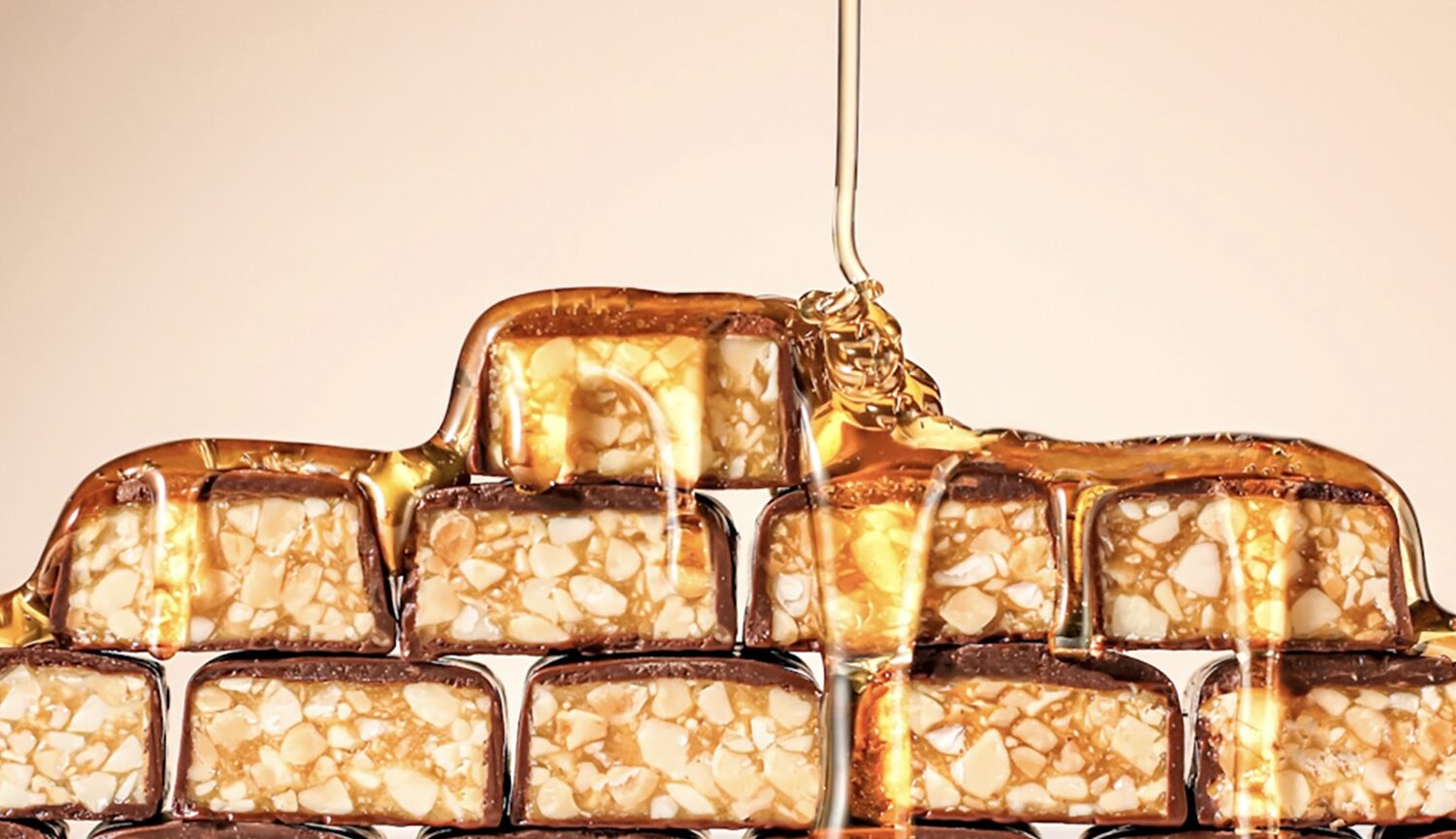
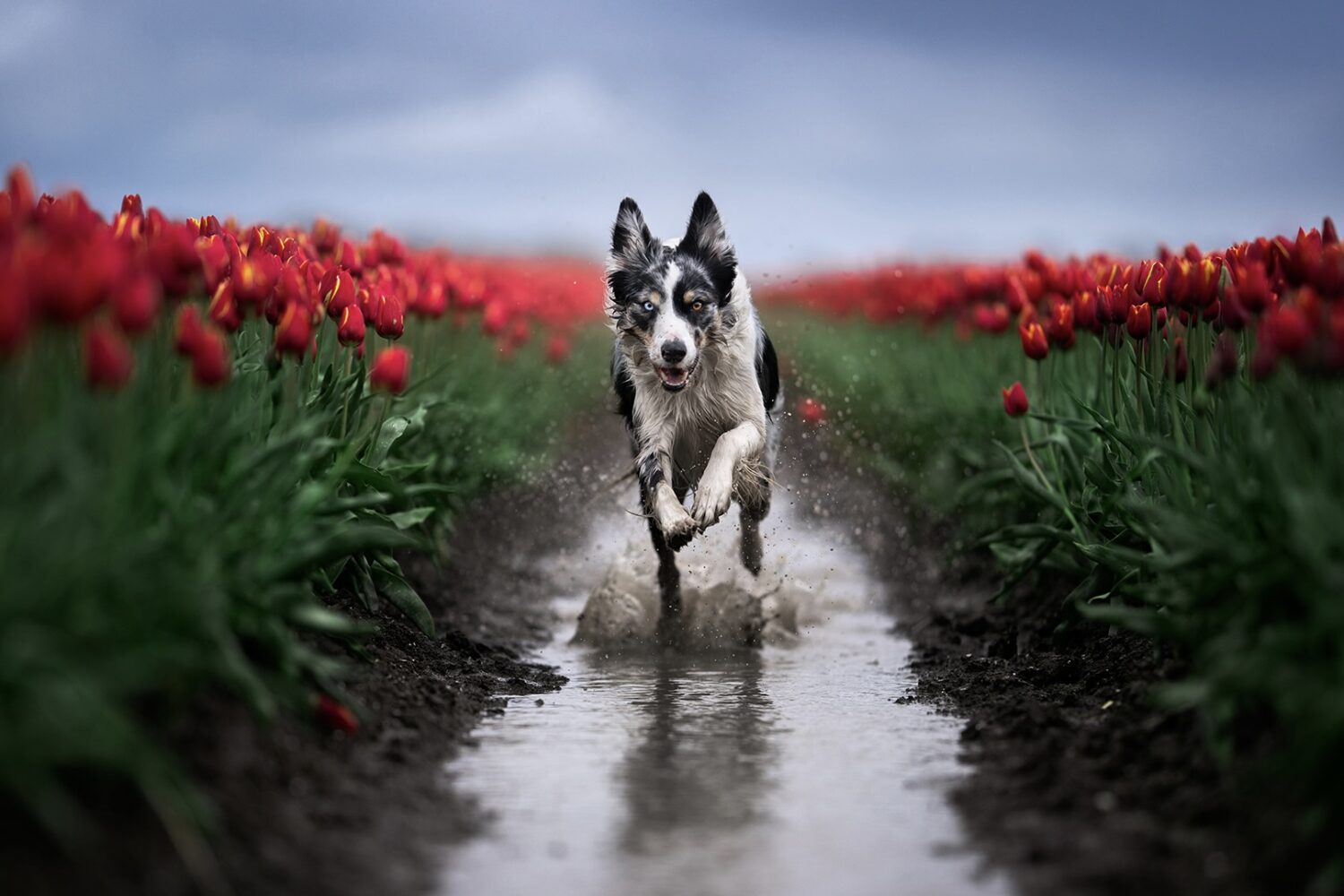

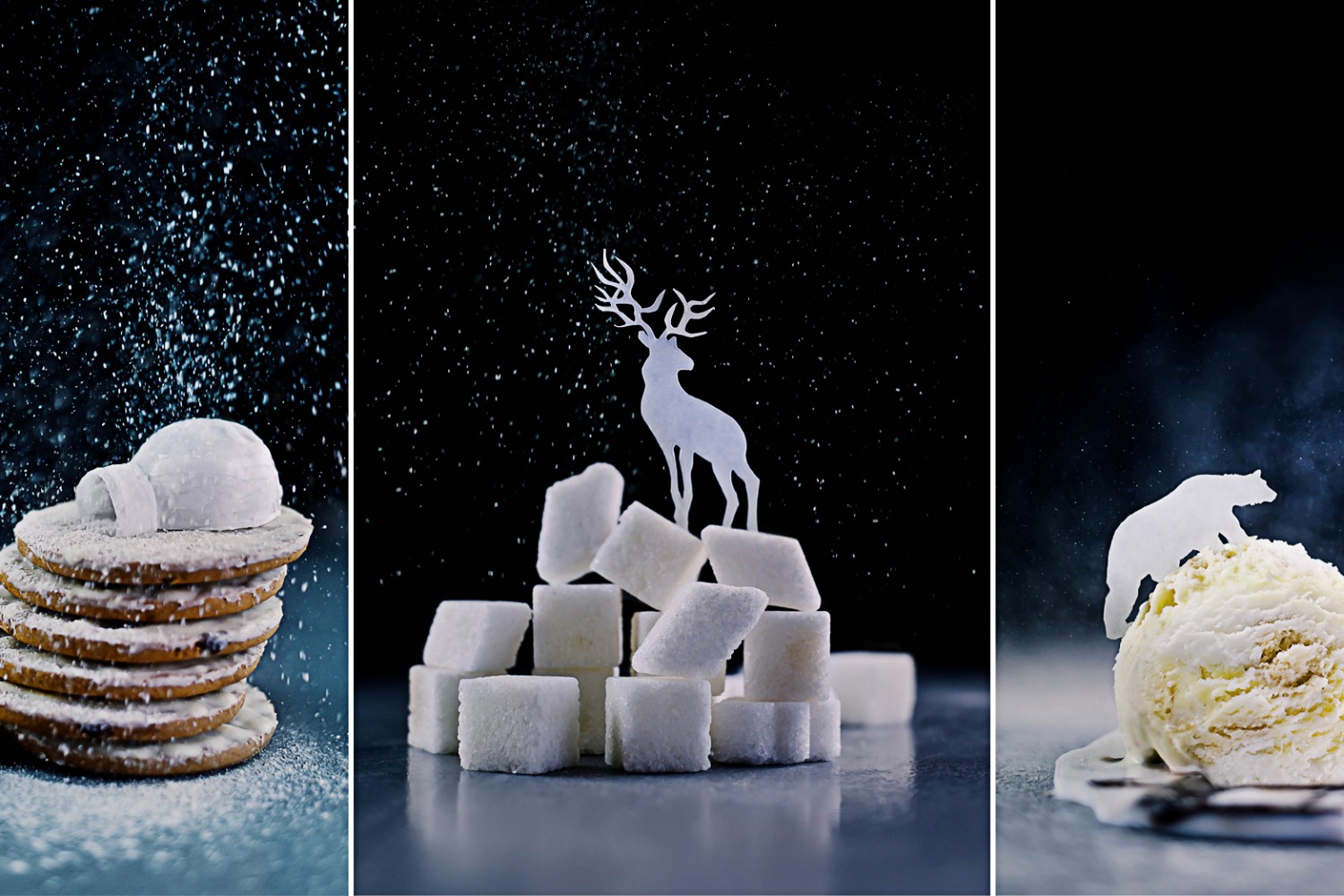
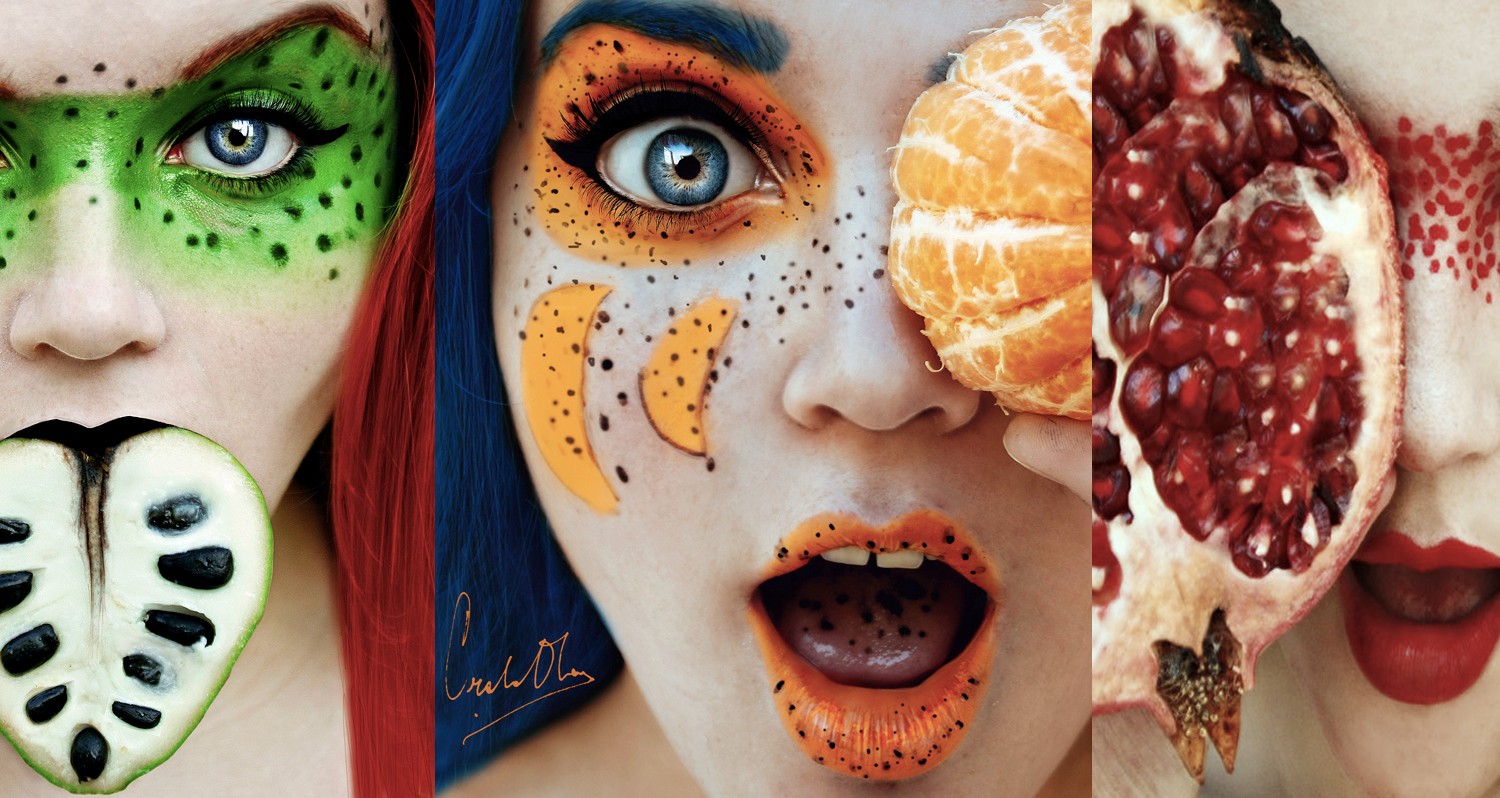
Leave a reply